Mozambique: President expects 5% increase in food production this year
Mozambique: Agriculture minister optimistic about rice harvest
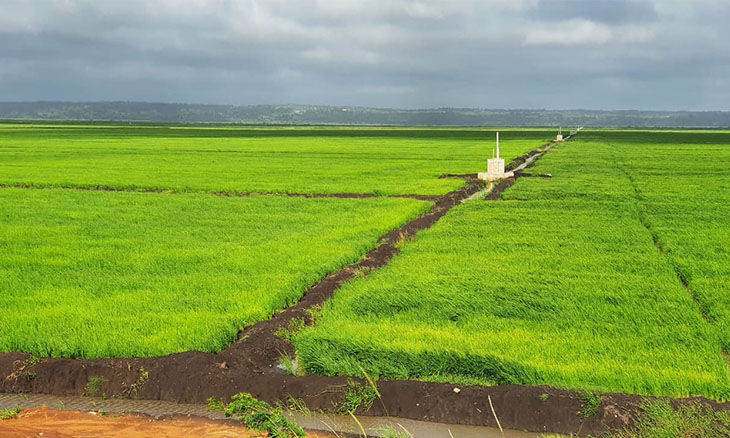
Picture: O País
Mozambican Agriculture Minister Celso Correia on Wednesday visited the country’s two largest irrigation schemes, both in the Limpopo Valley, in the southern province of Gaza, and was optimistic that this year they will produce a bumper rice harvest.
Mozambique consumes about 900,000 tonnes of rice a year, but only produces 250,000 tonnes. The government hopes that the irrigation schemes in Gaza can go some way towards filling the 650,000 tonne gap.
The Chokwe irrigation scheme could produce rice on more than 35,000 hectares, and the Lower Limpopo scheme, has the potential to produce on twice that amount. Nowhere near this amount of land will be cultivated this year, but it is hoped that 42,000 tonnes of rice will be harvested from the Lower Limpopo scheme, and 30,000 tonnes from Chokwe.
According to a report in Friday’s issue of the independent daily “O Pais”, it is hoped that new peasant farmers will produce on the irrigated land, thanks to transfer of technology from the Chinese company Wanbao Africa Agricultural Development.
The farmers have also benefited from inputs from the Mozambican government’s flagship agricultural development policy, Sustenta, including certified seeds, tractors and other agricultural tools.
Peasant farmers have been organised into blocks, guided by an “integrator”, who is a medium scale farmer. Industries are promising to buy and process the rice produced by the Limpopo farmers.
It is hoped that there will be a minimum productivity in the two irrigation schemes of seven tonnes of rice per hectare, rising to a possible 10 or 12 tonnes a hectare, depending on how the peasants manage their land.
At the Lower Limpopo scheme the recent heavy rains forced Correia to abandon his four wheel drive vehicle, and he took to a tractor to see the current state of the rice fields, on 2,000 hectares that had been lying idle, but which have now been parcelled out among 1,500 peasant farmers.
The Minister believed that the state of development of the rice showed that the investment made will produce good results.
In Chokwe, Correia visited the Josina Machel Association, whose 98 members are overwhelmingly peasant women, who work at least one hectare of land each, producing rice, maize, beans and vegetables. Sustenta has provided them with certified seeds, fertiliser and pesticides, plus technical assistance from an agricultural extensionist.
They told Correa that the Association expects its rice production to double, from last year’s 300 tonnes to 600 tonnes this year – even though 20 hectares of their land has been inundated.
They asked the Minister to provide them with a tractor, and with a system allowing them to pump water out of flooded fields. They also wanted the government to help them negotiate a better price for their rice.
Correia brought good news for the farmers. The seeds they used are insured – they need to speak to their extensionist to handle the documentation needed to claim for losses caused by the flooding.
A second Chokwe association visited by the Minister expects to raise its rice production from 729 tonnes in 2020 to over 1,450 tonnes this year. This association does not yet benefit from an extensionist, but Correia promised its members that one will be allocated to them in a matter of days, since the Agriculture Ministry is currently hiring an additional 2,000 extensionists to cover the entire country.
There are three rice processing factories in the Lower Limpopo and Chokwe irrigation schemes, but one closed down three years ago. Correia said negotiations are under way for it to reopen within months, since he was convinced that this year there will be a great deal of rice to be processed in the Limpopo Valley.


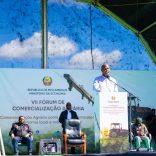


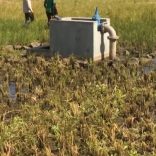
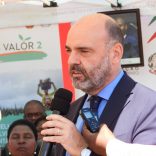


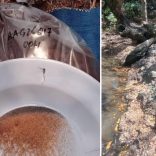

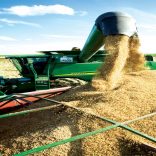

Leave a Reply
Be the First to Comment!
You must be logged in to post a comment.
You must be logged in to post a comment.